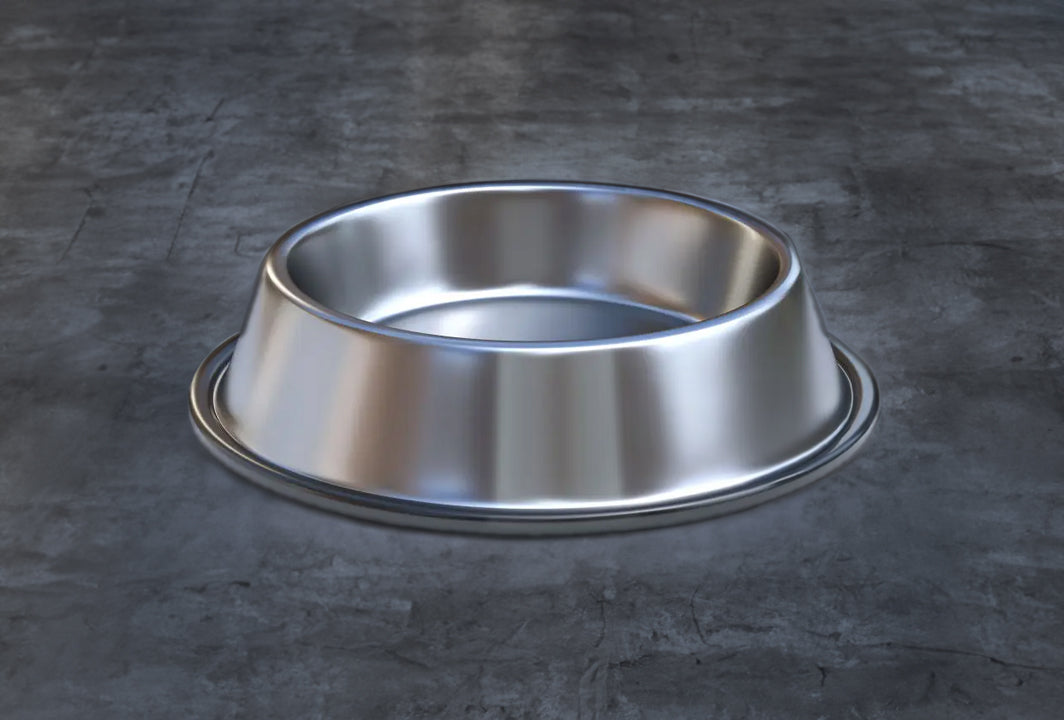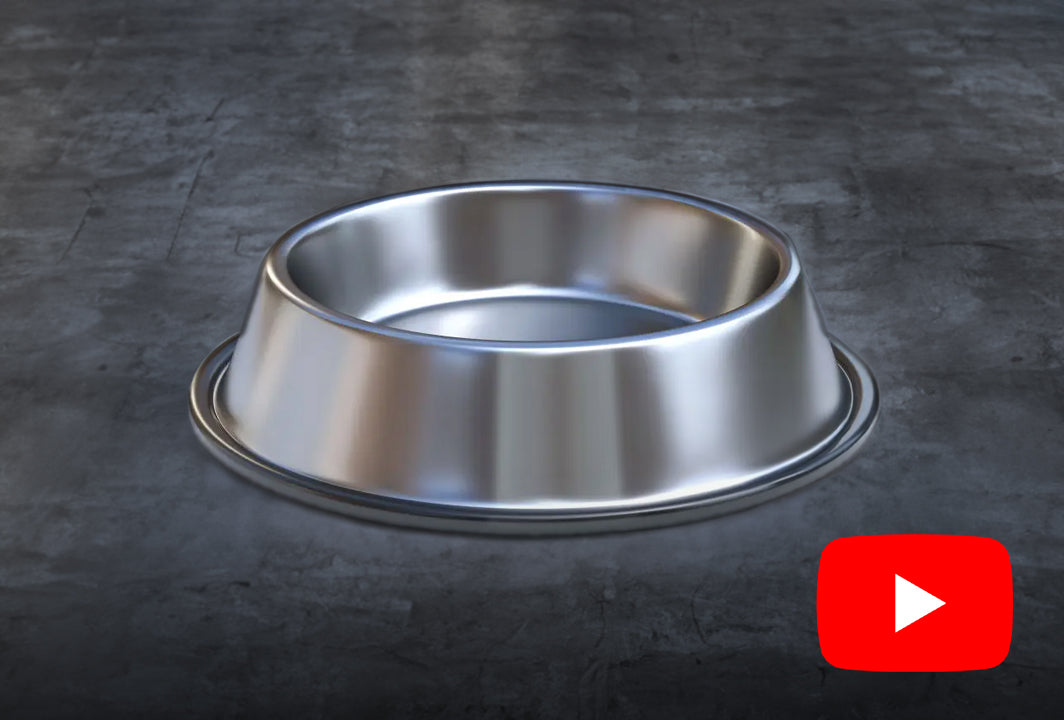How To Teach Food Bowl Casting To Your Dog
How to train your dog using food bowl casting and food bowl lining!

Puppy training is a long, time-consuming process. There just always seems to be a new element your puppy needs training on, but the end result of a perfectly trained and well-behaved dog makes it so worth it! Are you at that age with your dog between puppy training and formal training? If you're in that adolescent time frame in your training, now is the perfect time to teach your dog food bowl casting!
What is Food Bowl Casting?
Food bowl casting is when you use food bowls to help train your dog to understand casting signals. You can do this by using hand signals or voice commands. To do this properly, you'll need several food dishes, preferably three bowls. You can practice this at feeding time with his regular food, or you can use treats if you do it at a different time. In order for your dog to learn this, he has to already understand waiting to be fed. Once you've trained your dog to be able to do that, you'll begin to actually cast him to the food bowl.
How to Train Using Food Bowl Casting
Begin with your dog out in front, facing you, with his choke collar and e-collar on. We recommend using the check cord from DT Systems, as it's nice and long, yet easy to manipulate!
When your dog is out in front of you, this is called a "remote position." While practicing casting, keep your dog in this remote position so he can receive a hand signal to direct him in a particular direction. Once your dog is in this position, you'll place the bowl to one side of him and place the treat inside it. If at any time he begins to try to break away and go to the food prematurely, just stop and start the process over. Keep in mind that when you first start practicing this, your dog is not going to naturally be looking at you. He's going to be looking at the food bowl.
So how do you get him to look at you? Very simply, just use your leash, choke collar, and treat in combination. If he looks at the bowl, say "sit" and bring a treat down to his face. If you do this enough times, then your dog will actually start consistently looking up at you. Once he’s learned to consistently watch you and look up when he hears the sit command, then you'll cast him.
Casting with a Food Bowl
Making sure that you are using your hands correctly to cast is very important. To begin, you must have your dog's attention. He needs to be looking at you and your hands, not the food bowl. Position your hands low in front of you, near your stomach. Once you're ready, you'll move your right hand in the direction of the food bowl. If your dog is used to going on his name, then you might have to say your dog’s name in the beginning so he trusts that it's okay to go.
Once your dog understands going one direction for the food, simply place the bowl on the opposite side of him. Once your dog has this simple step understood, then you're going to go to two bowls!
Casting with Two Food Bowls
For this step, you'll put one bowl on either side of your dog, while having a few treats in your hand. Then, you’ll place a treat in just one of the bowls. Once he's looking at you, then you can cast him. If he's not looking, tell him to sit, pull up on the collar, and hold a treat near his nose.
If your dog goes the wrong way, don't worry. That's just part of the learning process! Simply stop him with the leash and start over.
When you have trouble with any step in dog training, do what is referred to as the "four S's." This stands for "stop," "simplify," "setup," and "succeed." Using this method will help you and your dog!After your dog becomes very confident with this procedure and is moving very quickly to the correct bowl upon seeing your hand motion, you can start doing the back procedure!
The Back Cast
For the back cast, go ahead and place the bowl slightly behind your dog. Not too far back, but slightly behind him at about a 45-degree angle. For this hand cast, you'll raise your hand up to the corresponding side and have it at a slight angle, matching the angle of the bowl placement. Once your dog has successfully done this, switch to the opposite side and practice that side as well. The more you practice and the better your dog becomes at this part, keep putting the bowl further back behind him as well as at more of an angle. Eventually, your dog will be able to differentiate between a right back and a left back!
Remember, it's important that he turns the correct way when you cast him. By placing the food bowl offset and doing an offset hand signal, he's more likely to turn the way you want him to.
Food Bowl Lining
Food bowl lining is the idea that your dog is going to take off from your side, not from the remote position. For this, your dog will be facing an original direction, and he'll take off from that direction and continue down that line! Place the food bowl away from your dog. Go ahead and use a little bit of obedience to position him. You should position him so he’s sitting and his spine is lined up with the bowl.
This time, instead of saying your dog's name, use the word "back." This is important because that's the word that you're going to use a lot later in his life to line him up on a blind retrieve! So, it's good that he builds an association with this word as soon as possible. The better your dog gets at food bowl lining, the further away you can put the bowl. The most important part, though, is that he learns to line up in a direction, hear the word back, and take off and get success by going in that direction. This training may take time and practice, but it is definitely worth it.




